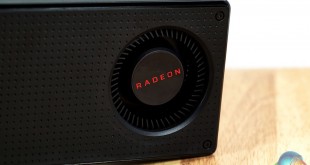
2016 has been a slow year for graphics cards and while Nvidia launched their high end GTX1070 and GTX1080 solutions – they are strictly for the gaming audience with deeper pockets. AMD have approached their first 2016 GPU launch differently, opting to release their RX 480 – a mid range card priced at $199.99 firmly targeting the mass enthusiast gaming audience.
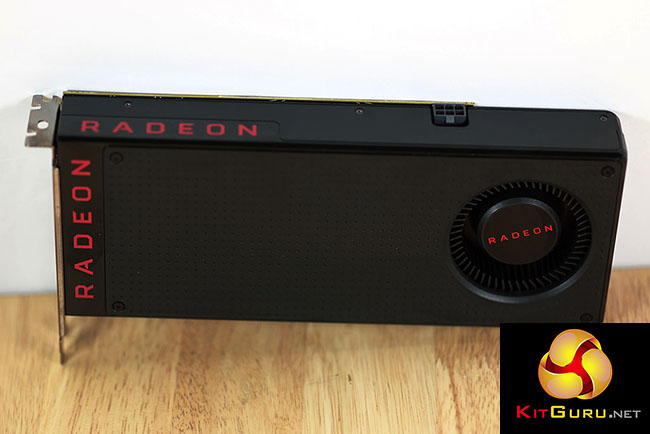
The new AMD Radeon RX 480 is built on the FinFET 14nm process. For Polaris, AMD selected Samsung and Global Foundries 14nm FinFET based process technology, the densest foundry process available. FinFET transistors are crucial to reduce power consumption while enabling operating voltages which are 150mV lower than the previous generation.
The AMD RX 480 will be available in two different memory capacities, 4GB and 8GB. We have heard retail prices of $199 for the 4GB card and $239 for the 8GB card with UK prices around £180 and £215 respectively. Pricing is a little higher in the UK, but I guess most of us are getting used to that now.
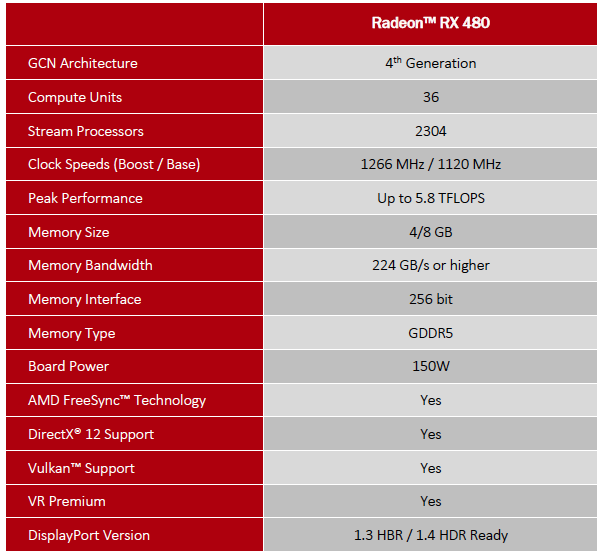
AMD have pointed out that the reference configuration for the RX480 is 4GB of 7Gbps GDDR5 memory and the 8GB boards will feature 8Gbps GDDR5 memory. AMD told us that partner custom boards will vary from these reference specifications, but they will never drop below 7Gbps memory speeds.
Our AMD Radeon RX480 8GB sample shipped directly from AMD and as such there is no box artwork or accessories. We already have some partner cards in our labs, so we will be following up soon with more reviews.
No backplate on the AMD RX 480 reference card, but perhaps custom models from AMD partners will include one. We can see the PCB length is very small, with the cooler intake actually extending the length of the GPU.
AMD have ditched DVI and VGA completely, which won't be a problem for too many people in 2016. There are three DisplayPort connectors (1.3 HBR/1.4 HDR ready) on the card, alongside an HDMI connector which is 2.0b capable …
… this means if you have a big television set you can game at 60hz at Ultra HD 4k resolution across the HDMI port. Good to see AMD finally rectifying this.
The RX 480 takes power from a single 6 pin power connector, shown above.
The PCB of the RX 480 is very small – the cooler overhangs the PCB with the fan intake visible from the rear of the card. This cooler is very basic indeed – there are no heatpipes, just a simple, small heatsink positioned in the middle of the plastic cooler shroud. We are likely going to see more sophisticated cooling solutions coming from AMD partners in the coming weeks.
The latest version of GPUz gets most of the information from the card, although further details can be seen in the table on the previous page.
AMD have released a new overclocking software suite which they are calling ‘Radeon WattMan'. This software can control GPU voltage, engine clocks, memory clocks, fan speed and temperature.
While we are only reviewing the reference AMD card today, partner cards are likely going to be sold in various states of overclock, so we felt it was important to try and present some findings today with the RX 480 when overclocked. This should, in theory, give us an indication of what will be possible when the 14nm architecture is pushed to the limit.
The software suite also has a histogram which records and displays the GPU activity, clock speeds, temperature and fan speed. This data can be used to tweak settings to try and improve performance in various areas.
As you can see from the image above, the interface could certainly be classed as attractive, although I can't help but feel AMD could have crammed all this into a much smaller, cleaner interface and without the need for transparency on all the panels. I prefer a simple, small, clean interface. There is for instance no need for all the space taken up with 7 states for the memory overclocking, as only one is applicable with the rest basically redundant.
I spent a lot of time overclocking the RX 480 8GB and using how to best set up the parameters in Radeon WattMan. Simply increasing the voltage and clock speeds won't lead to great results and often the card will deliver lower performance than at the default settings. This is directly related to the small heatsink that AMD have inside their cooler shroud. The RX 480 will throttle.
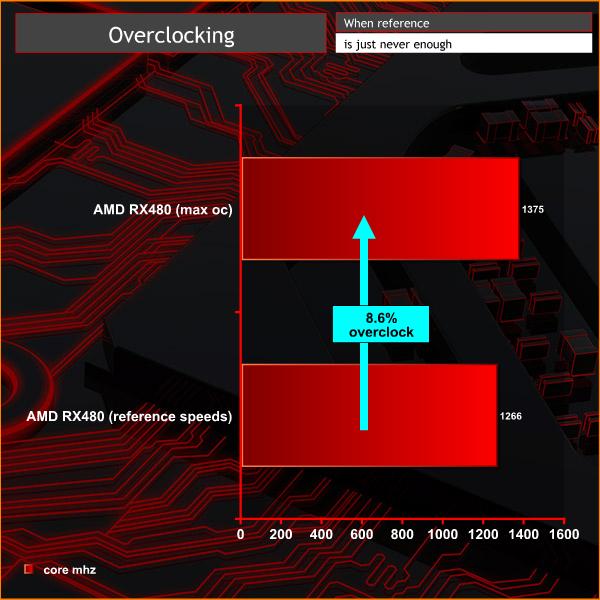
I got best results by increasing the clock speeds in STATE 6 and STATE 7 as these are the states that all games will target under load. I settled on a maximum speed of 1,375mhz for the core at STATE 7 and increased the voltage to 1150. This is the maximum voltage you can set in WattMan for the RX480 sample we received.
It is worth reiterating (if you haven't read the full RX 480 review so far) that the AMD reference cooler on this card has no heatpipes and only a single, small blower style fan to push air.
To help negate throttling I increased the fan speeds to maximum and increased the temperature threshold from 80c to 90c. Under load the fan was painfully loud, but without question partners such as Sapphire will be releasing superior custom cooled solutions in the coming weeks.
Overclocking the memory seemed to cause stability problems on our test bed, with games randomly crashing to the desktop. I therefore decided to leave memory as is, but will try again when we present our next AMD partner card review and I have more time. AMD said they were aware of some overclocking issues and gave me a new driver, but this happened the day before launch so I have been unable to make time to look into this further.
All our game tests in this launch review today will be showing the RX 480 running in two different states. One at the default clock speeds of 1,266mhz and the other with the fan at full and temperature limits at maximum, running at 1,375mhz. This is to try to negate throttling.
I have spent the last couple of weeks benchmarking a selection of AMD and NVIDIA cards with the latest drivers on one of our new 6700k test beds. We are using the AMD Crimson Edition Display Driver, Version 16.15.2211 and Nvidia ForceWare 368.39 driver. The RX480 8GB was tested with the latest 16.6.2 beta driver specifically for the launch. Due to public demand we also add in a range of tests at 1080p to supplement the results at 1440p and Ultra HD 4K resolutions.
We list each resolution test for every game on its own page – meaning if you are just interested in 4K resolutions for instance, you can skip the other resolutions without effort. If you want to read the whole review and find all the page changes annoying – click on our menu system top right of these pages, and head to ’33. view all pages’.
We are using a custom Titan Bayonet system supplied by Overclockers UK as the basis of our test system today. Read more on this system over HERE.
Case: Phanteks Enthoo Evolv ATX Mid Tower
Processor: Intel 6700K @ 4.4ghz
Memory: Corsair Vengeance LPX 16GB (2x8GB) @ 3000mhz
Motherboard: ASUS Z170-E DDR4 ATX Motherboard
Power Supply: Super Flower Leadex 850W Gold Certified
Software: Microsoft Windows 10 64 Bit
SSD: Samsung 250GB 850 EVO
HDD: Seagate 1TB 7,200 rpm 64MB Cache.

If you want to purchase this system yourself head to THIS page on OCUK.
Graphics cards:
AMD Radeon RX 480 8GB (1,266mhz core/2,000mhz memory & 1,375mhz core/2,000mhz memory)
Comparison Cards on test:
Gigabyte GTX 1080 G1 Gaming RGB (1721 mhz core / 1860 mhz boost / 5005 mhz memory)
Nvidia GTX 1080 Founders Edition (1607mhz core/ 1733mhz boost / 5005 mhz memory)
Nvidia GTX 1070 Founders Edition (1506mhz core/ 1683mhz boost / 4006 mhz memory)
Asus Republic Of Gamers Strix GTX 1070 (1658 mhz core / 1860 mhz boost / 2002 mhz (8Gbps effective) memory)
Sapphire R9 390 Nitro 8GB (Rev 2 w/ backplate). (1040mhz core / 1500 mhz memory)
Sapphire R9 295X2 (1,018 mhz core / 1,250mhz memory)
AMD R9 Fury X (1,050 mhz core / 500 mhz memory)
AMD R9 Nano (1000mhz core / 500 mhz memory)
Gigabyte GTX980 Ti XTREME Gaming (1216 mhz core / 1800mhz memory)
Nvidia GTX Titan Z (706 mhz core / 1,753 mhz memory)
Nvidia GTX Titan X (1,000 mhz core / 1,753 mhz memory)
Asus GTX980 Strix (1,178 mhz core / 1,753 mhz memory)
Nvidia GTX980 Ti (1000 mhz core / 1,753 mhz memory)
Palit GTX970 (1,051 mhz core / 1,753 mhz memory)
Sapphire R9 390X Tri-X 8GB (1,055 mhz core / 1,500 mhz memory)
Sapphire R9 390 Nitro 8GB (1,010 mhz core / 1,500 mhz memory)
Sapphire R9 380X Nitro 4GB (985mhz core / 1450 mhz memory)
Software:
Windows 10 64 bit
Unigine Heaven Benchmark
3DMark 11
3DMark
Fraps Professional
Steam Client
FurMark
Games:
Ashes Of the Singularity
Dirt Rally
Hitman 2016
Middle Earth: Shadow Of Mordor
Rise Of the Tomb Raider
Grand Theft Auto 5
Metro Last Light Redux
Additional hardware:
Leica S-E (006) with 100mm S Summicron F2 Lens.
We perform under real world conditions, meaning KitGuru tests games across five closely matched runs and then average out the results to get an accurate median figure. If we use scripted benchmarks, they are mentioned on the relevant page.
Game descriptions edited with courtesy from Wikipedia.
AMD are keen to promote the fact that the RX 480 is a modest cost graphics card, but that it is completely VR ready. At reader request we added this free Steam VR ready test today to this review.
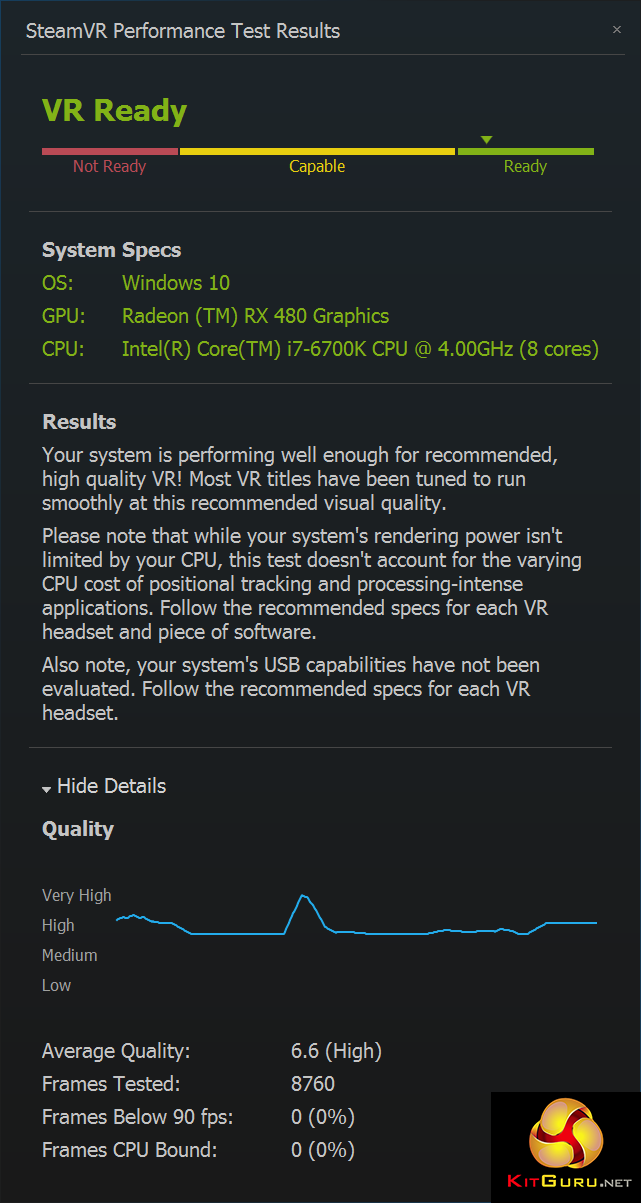
The RX 480 scored 6.6 points in the Fidelity rating test, which is a ‘high' rating. My colleague Jon Martindale recently produced some VR content for KitGuru and we published some results with AMD hardware (HERE) and Nvidia hardware (HERE) which can be used as a comparison. The Nvidia GTX970 Jon tested scored 6.7 points, so performance of the RX 480 8GB is very closely matched indeed. 0 frames (0%) below 90 fps is good to see.
3DMark 11 is designed for testing DirectX 11 hardware running on Windows 7 and Windows Vista. The benchmark includes six all new benchmark tests that make extensive use of all the new features in DirectX 11 including tessellation, compute shaders and multi-threading. After running the tests 3DMark gives your system a score with larger numbers indicating better performance. Trusted by gamers worldwide to give accurate and unbiased results, 3DMark 11 is the best way to test DirectX 11 under game-like loads.
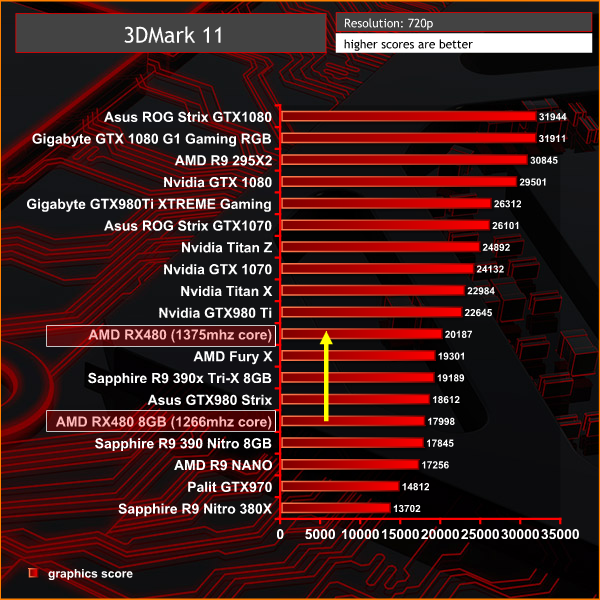
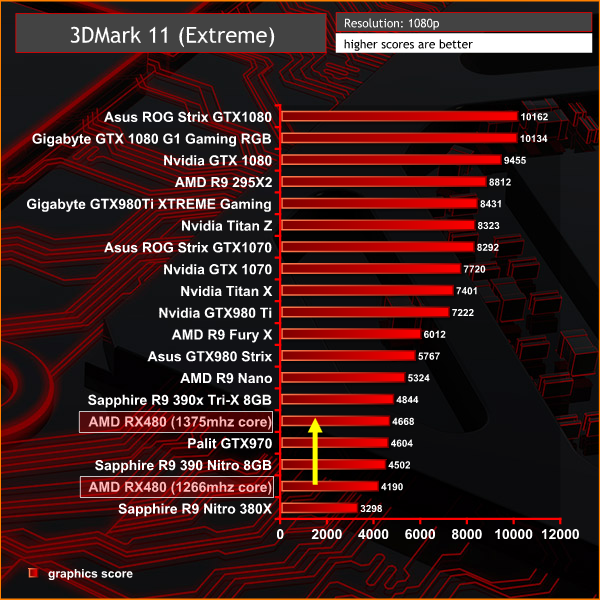
The AMD Radeon RX 480 GB outperforms the R9 390 Nitro and when overclocked to 1,375mhz actually manages to outperform the Fury X. At the Extreme settings however the card drops down the chart a little, falling in ahead of the R9 Nitro 380X. When manually overclocked it surpasses the Palit GTX970.
3DMark is an essential tool used by millions of gamers, hundreds of hardware review sites and many of the world’s leading manufacturers to measure PC gaming performance.
Futuremark say “Use it to test your PC’s limits and measure the impact of overclocking and tweaking your system. Search our massive results database and see how your PC compares or just admire the graphics and wonder why all PC games don’t look this good.
To get more out of your PC, put 3DMark in your PC.”
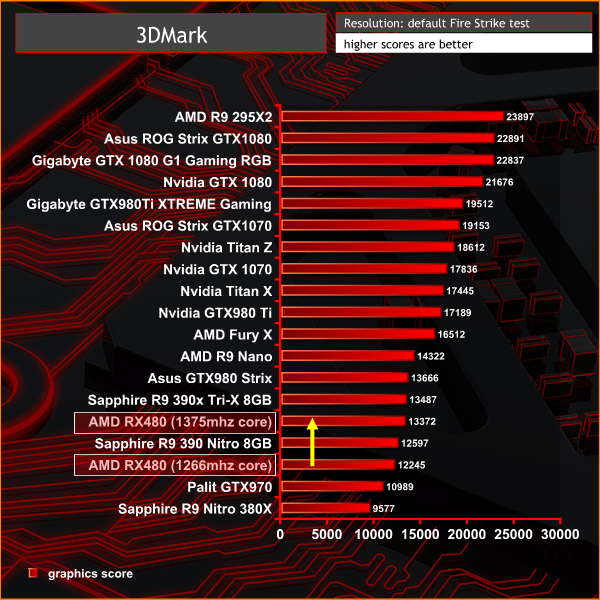
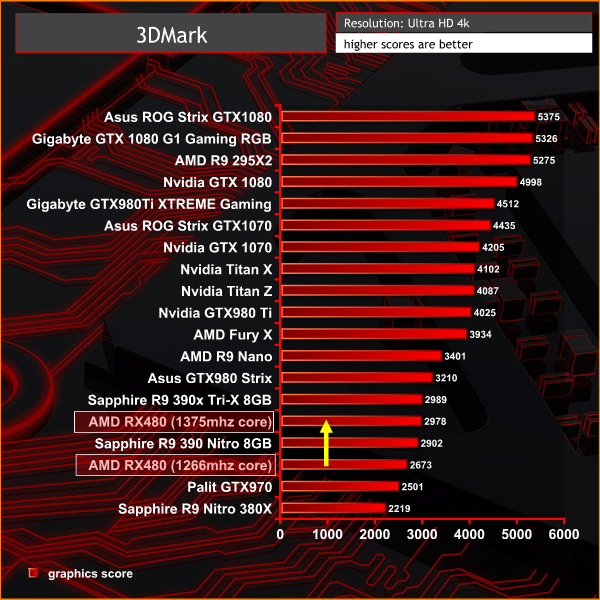
In the latest 3DMark Direct X 11 benchmark, the RX 480 8GB scores very highly, outperforming the Palit GTX970 and when overclocked to 1,375mhz the card actually manages to push past the R9 390 from the last generation.
Unigine provides an interesting way to test hardware. It can be easily adapted to various projects due to its elaborated software design and flexible toolset. A lot of their customers claim that they have never seen such extremely-effective code, which is so easy to understand.
Heaven Benchmark is a DirectX 11 GPU benchmark based on advanced Unigine engine from Unigine Corp. It reveals the enchanting magic of floating islands with a tiny village hidden in the cloudy skies. Interactive mode provides emerging experience of exploring the intricate world of steampunk. Efficient and well-architected framework makes Unigine highly scalable:
- Multiple API (DirectX 9 / DirectX 10 / DirectX 11 / OpenGL) render
- Cross-platform: MS Windows (XP, Vista, Windows 7) / Linux
- Full support of 32bit and 64bit systems
- Multicore CPU support
- Little / big endian support (ready for game consoles)
- Powerful C++ API
- Comprehensive performance profiling system
- Flexible XML-based data structures
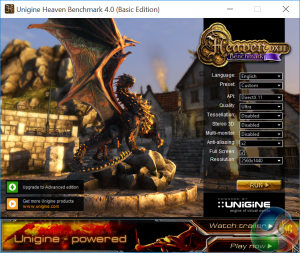
We test at 2560×1440 with quality setting at ULTRA, Tessellation at NORMAL, and Anti-Aliasing at x2.
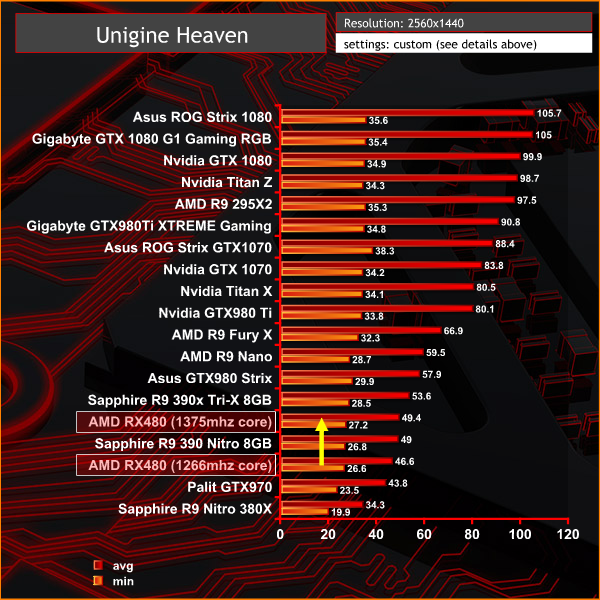
This tessellation heavy benchmark highlights that the RX 480 manages to outperform the Palit GTX970 by around 3 frames per second. When overclocked to 1,375mhz the RX 480 marginally outperforms the R9 390 Nitro 8GB.
Ashes of the Singularity is a real-time strategy game set in the future where descendants of humans (called Post- Humans) and a powerful artificial intelligence (called the Substrate) fight a war for control of a resource known as Turinium.
Players will engage in massive-scale land/air battles by commanding entire armies of their own design. Each game takes place on one area of a planet, with each player starting with a home base (known as a Nexus) and a single construction unit.
We test the final retail game at 1080p resolution and with EXTREME image quality settings, shown above.
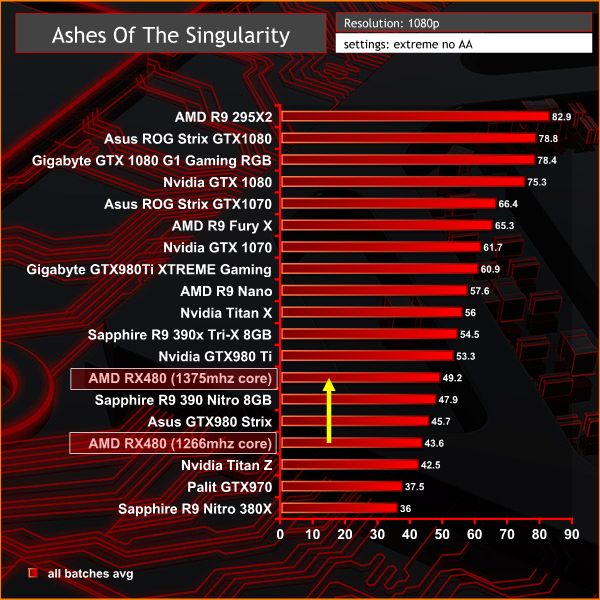
At 1080p in the Direct X 12 game, the RX480 manages to outperform the Palit GTX970 and Titan Z, averaging 43.6 frames per second. When overclocked to 1,375mhz the RX480 outperforms the R9 390 Nitro 8GB.
Ashes of the Singularity is a real-time strategy game set in the future where descendants of humans (called Post- Humans) and a powerful artificial intelligence (called the Substrate) fight a war for control of a resource known as Turinium.
Players will engage in massive-scale land/air battles by commanding entire armies of their own design. Each game takes place on one area of a planet, with each player starting with a home base (known as a Nexus) and a single construction unit.
We test the final retail game at 1440p resolution and with EXTREME image quality settings, shown above.
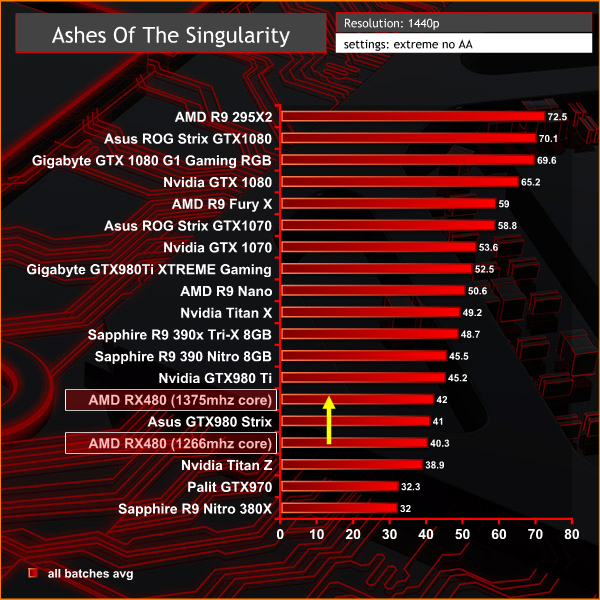
At 1440p the RX480 maintains an 8 frame advantage over the Palit GTX970. When overclocked to 1,375mhz the RX 480 actually outperforms the ASUS GTX980 Strix by a single frame.
Ashes of the Singularity is a real-time strategy game set in the future where descendants of humans (called Post- Humans) and a powerful artificial intelligence (called the Substrate) fight a war for control of a resource known as Turinium.
Players will engage in massive-scale land/air battles by commanding entire armies of their own design. Each game takes place on one area of a planet, with each player starting with a home base (known as a Nexus) and a single construction unit.
We test the final retail game at 4k resolution and with EXTREME image quality settings, shown above.
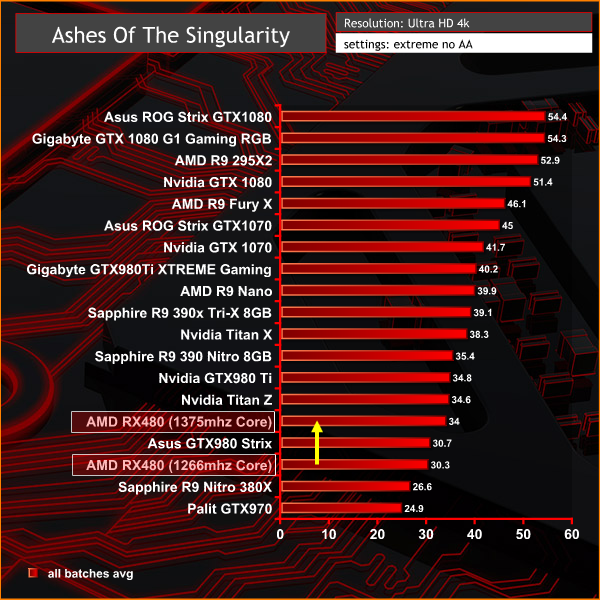
At 1,266mhz the RX 480 outperforms both R9 380X and Palit GTX970. When overclocked to 1,375mhz, the RX 480 pushes ahead of the Asus GTX980 Strix. Impressive results.
Middle-earth: Shadow of Mordor is a third-person open world video game, where the player controls a ranger by the name of Talion who seeks revenge on the forces of Sauron after his family, including his wife, are killed. Players can travel across locations in the game through parkour, riding monsters, or accessing Forge Towers, which serve as fast travel points.
We test at 1440p with the image quality settings at Ultra.
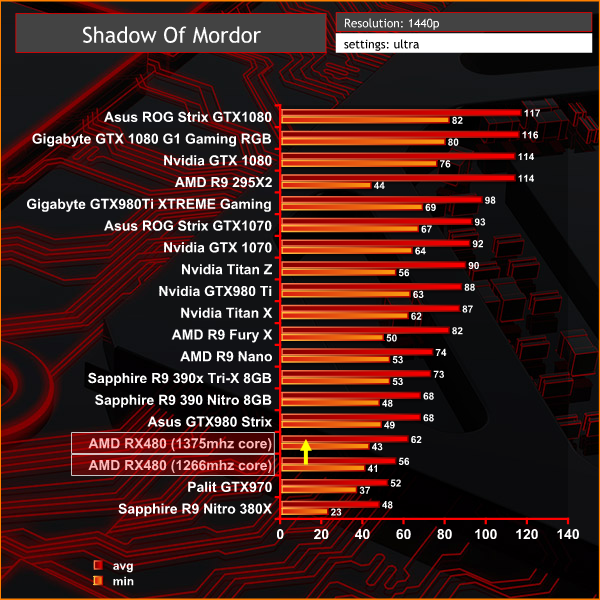
At reference clock speeds the RX480 8GB manages to outperform the Palit GTX970.
Middle-earth: Shadow of Mordor is a third-person open world video game, where the player controls a ranger by the name of Talion who seeks revenge on the forces of Sauron after his family, including his wife, are killed. Players can travel across locations in the game through parkour, riding monsters, or accessing Forge Towers, which serve as fast travel points.
With test at Ultra HD 4k resolution with Ultra image settings enabled.
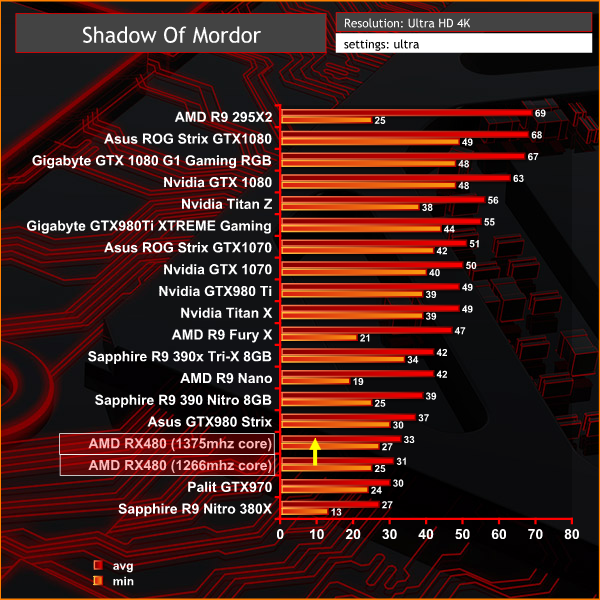
At Ultra HD 4K the RX 480 slightly outperforms the Palit GTX970. When overclocked to 1,375mhz the card delivers another couple of frames per second.
Dirt Rally is developed by British video game developer Codemasters using the in house Ego engine. Development began with a small team of individuals following the release of their 2012 video game Dirt: Showdown. Codemasters have emphasised a desire to create a simulation with Dirt Rally. They started by prototyping a handling model and creating tracks based on map data. The game employs a different physics model from previous titles, rebuilt from the ground up.
We test at 1080p with 8x MSAA and the ultra image quality setting enabled.
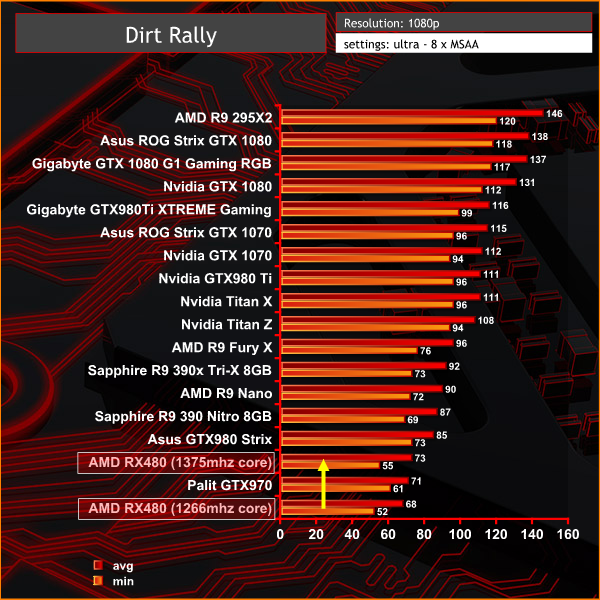
Dirt Rally seems to run a little faster on the GTX970 at 1080p, although when the RX 480 is overclocked the positions swap.
Dirt Rally is developed by British video game developer Codemasters using the in house Ego engine. Development began with a small team of individuals following the release of their 2012 video game Dirt: Showdown. Codemasters have emphasised a desire to create a simulation with Dirt Rally. They started by prototyping a handling model and creating tracks based on map data. The game employs a different physics model from previous titles, rebuilt from the ground up.
We test at 1440 with 8x MSAA and the ultra image quality setting enabled.
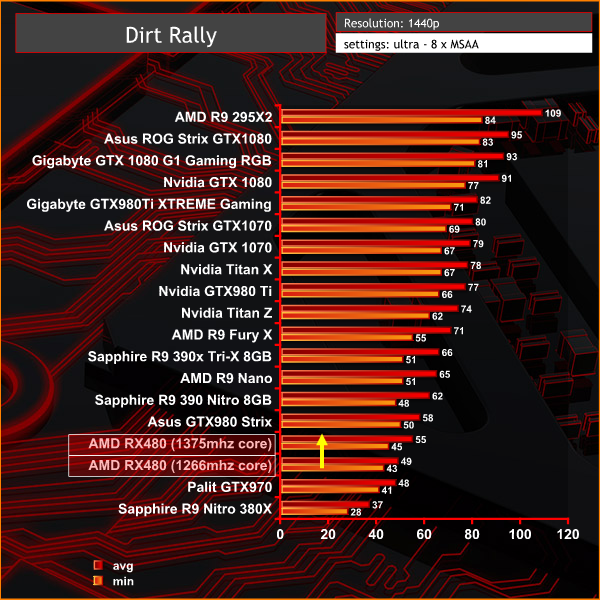
At 1440p the RX 480 is a frame per second ahead of the GTX970 and when overclocked it closes the gap to the Asus GTX980 Strix to 3 frames per second.
Dirt Rally is developed by British video game developer Codemasters using the in house Ego engine. Development began with a small team of individuals following the release of their 2012 video game Dirt: Showdown. Codemasters have emphasised a desire to create a simulation with Dirt Rally. They started by prototyping a handling model and creating tracks based on map data. The game employs a different physics model from previous titles, rebuilt from the ground up.
We test at Ultra HD 4k with 8x MSAA and the ultra image quality setting enabled.
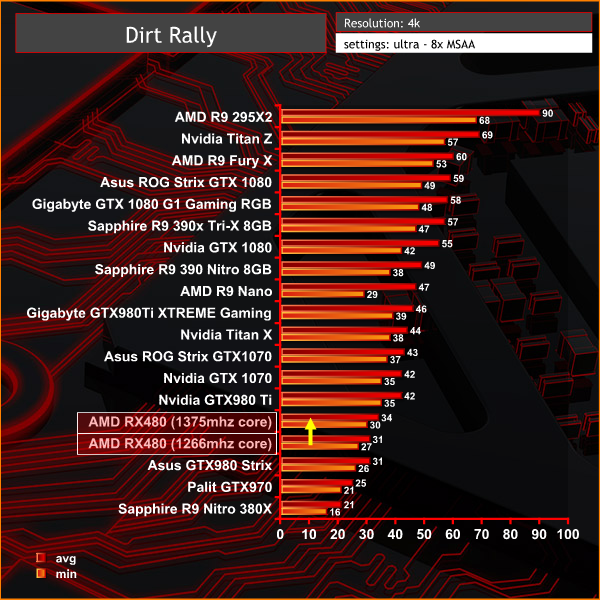
At Ultra HD 4k the results get interesting. The RX480 has been behind the GTX980 at 1080p and at 1440p, but the positions change. When overclocked the RX 480 averages 34 frames per second, around 8 behind the reference GTX980 ti.
Rise of the Tomb Raider is a third-person action-adventure game that features similar gameplay found in 2013's Tomb Raider. Players control Lara Croft through various environments, battling enemies, and completing puzzle platforming sections, while using improvised weapons and gadgets in order to progress through the story. It uses a Direct X 12 capable engine.
We enable Direct X 12, Vsync is off and graphics are set to the ‘very high' profile, shown above. We test the Nvidia Titan Z with the SLi optimisation both disabled, then enabled. This is clearly marked in the graph. See more HERE.
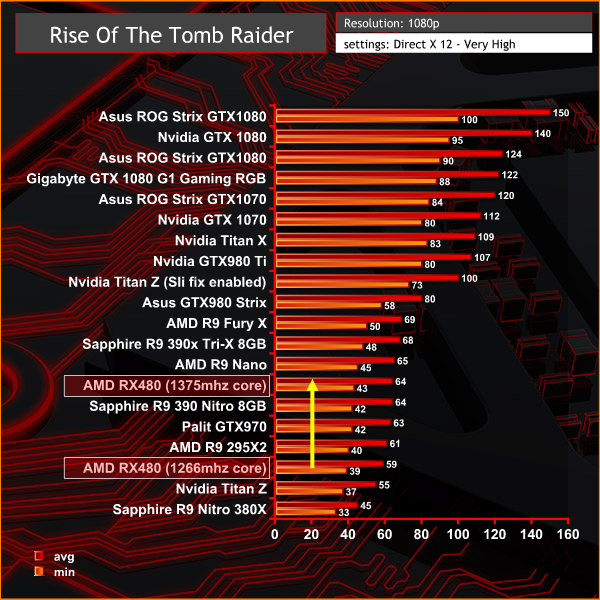
This is a great engine and we can see performance from the RX 480 is quite strong, averaging almost 60 frames per second.
Rise of the Tomb Raider is a third-person action-adventure game that features similar gameplay found in 2013's Tomb Raider. Players control Lara Croft through various environments, battling enemies, and completing puzzle platforming sections, while using improvised weapons and gadgets in order to progress through the story. It uses a Direct X 12 capable engine.
We enable Direct X 12, Vsync is off and graphics are set to the ‘very high' profile, shown above. We test the Nvidia Titan Z with the SLi optimisation both disabled, then enabled. This is clearly marked in the graph. See more HERE.
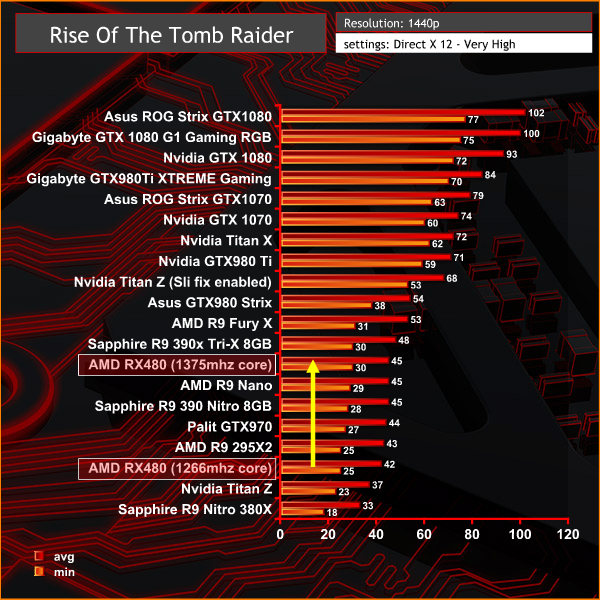
At reference clock speeds the RX 480 outperforms the overclocked 380X and the Titan Z. When overclocked to 1,375mhz the RX 480 is on an even footing with the AMD R9 Nano.
Rise of the Tomb Raider is a third-person action-adventure game that features similar gameplay found in 2013's Tomb Raider. Players control Lara Croft through various environments, battling enemies, and completing puzzle platforming sections, while using improvised weapons and gadgets in order to progress through the story. It uses a Direct X 12 capable engine.
We enable Direct X 12, Vsync is off and graphics are set to the ‘very high' profile, shown above. We test the Nvidia Titan Z with the SLi optimisation both disabled, then enabled. This is clearly marked in the graph. See more HERE.
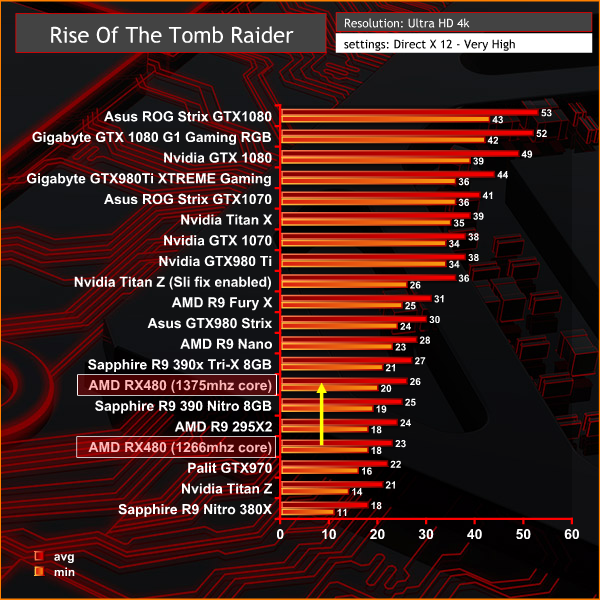
The RX 480 outperforms the GTX 970 at reference clock speeds, and when pushed to 1,375mhz core it squeezes 1 frame ahead of the R9 390 8GB.
Grand Theft Auto V is an action-adventure game played from either a first-person or third-person view. Players complete missions—linear scenarios with set objectives—to progress through the story. Outside of missions, players may freely roam the open world. Composed of the San Andreas open countryside area and the fictional city of Los Santos, the world is much larger in area than earlier entries in the series. It may be fully explored after the game's beginning without restriction, although story progress unlocks more gameplay content.
We maximise all the image quality settings, but leave anti aliasing turned off, as it dramatically impacts performance.
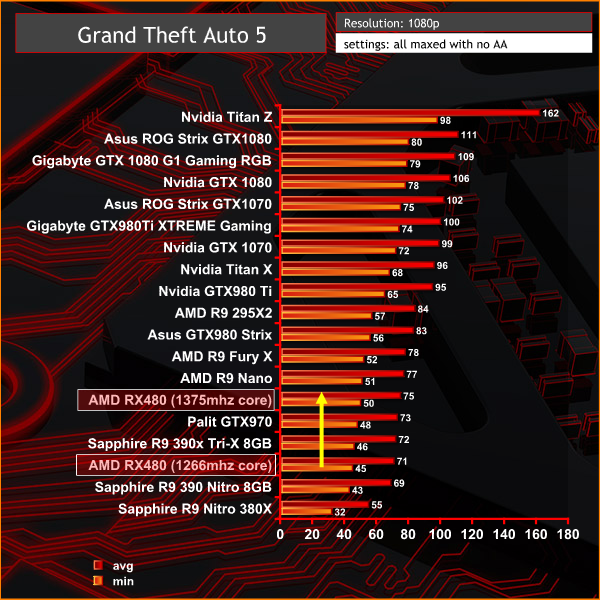
At 1080p the RX 480 delivers a great gaming experience in Grand Theft Auto 5, ahead of both R9 390 8GB and R9 380X. When overclocked the RX 480 moves a couple of frames ahead of the Palit GTX970.
Grand Theft Auto V is an action-adventure game played from either a first-person or third-person view. Players complete missions—linear scenarios with set objectives—to progress through the story. Outside of missions, players may freely roam the open world. Composed of the San Andreas open countryside area and the fictional city of Los Santos, the world is much larger in area than earlier entries in the series. It may be fully explored after the game's beginning without restriction, although story progress unlocks more gameplay content.
We maximise all the image quality settings, but leave anti aliasing turned off, as it dramatically impacts performance.
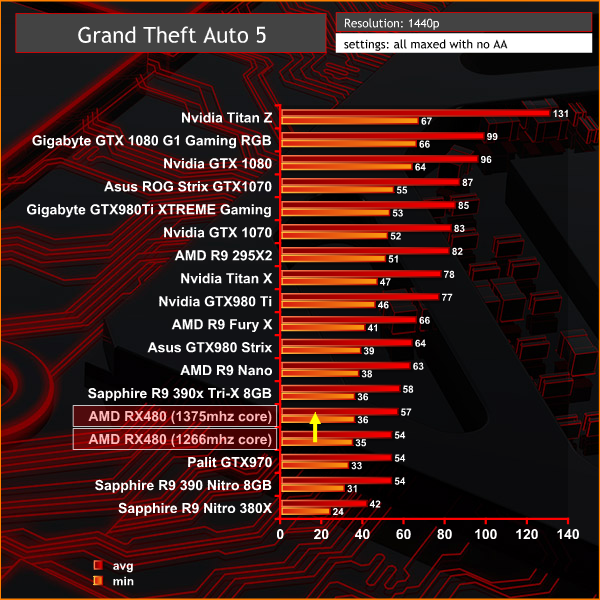
At 1440p the RX 480 matches the GTX970 but holds a slightly better minimum frame rate. When overclocked to 1,375mhz the frame rates increase slightly falling in right behind the Sapphire R9 390X Tri-X 8GB.
Grand Theft Auto V is an action-adventure game played from either a first-person or third-person view. Players complete missions—linear scenarios with set objectives—to progress through the story. Outside of missions, players may freely roam the open world. Composed of the San Andreas open countryside area and the fictional city of Los Santos, the world is much larger in area than earlier entries in the series. It may be fully explored after the game's beginning without restriction, although story progress unlocks more gameplay content.
We maximise all the image quality settings, but leave anti aliasing turned off, as it dramatically impacts performance.
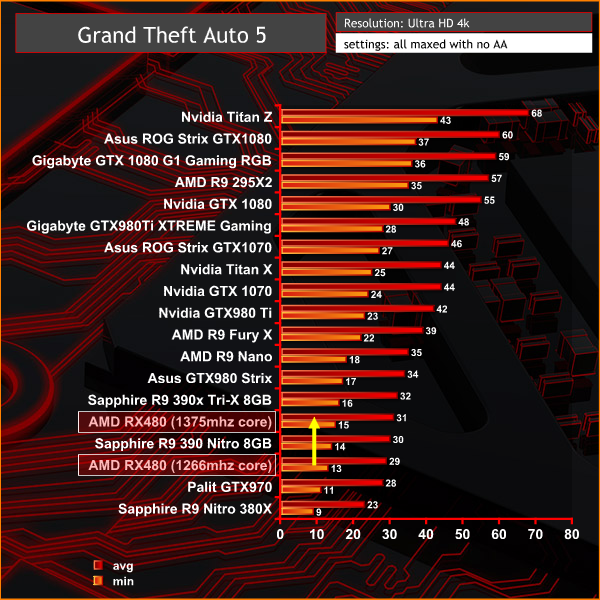 0
0
A tough task obviously for a modest gaming card such as the RX 480. Still we can see performance is slightly ahead of the GTX970 and close to the R9 390.
Just like the original game Metro 2033, Metro: Last Light is played from the perspective of Artyom, the player-character. The story takes place in post-apocalyptic Moscow, mostly inside the metro system, but occasionally missions bring the player above ground. Metro: Last Light takes place one year after the events of Metro 2033, following the canonical ending in which Artyom chose to proceed with the missile strike against the Dark Ones (this happens regardless of your actions in the first game). Redux adds all the DLC and graphical improvements.
Quality-Very High, SSAA-on, Texture Filtering-16x, Motion Blur-Normal, Tessellation-Normal, Advanced Physx-off.
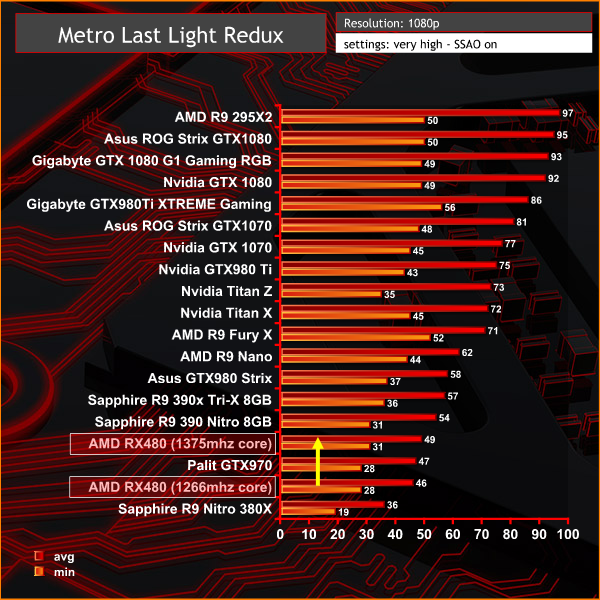
At 1080p the Palit GTX970 pulls ahead by a single frame per second, but the positions swap when the RX 480 is overclocked.Just like the original game Metro 2033, Metro: Last Light is played from the perspective of Artyom, the player-character. The story takes place in post-apocalyptic Moscow, mostly inside the metro system, but occasionally missions bring the player above ground. Metro: Last Light takes place one year after the events of Metro 2033, following the canonical ending in which Artyom chose to proceed with the missile strike against the Dark Ones (this happens regardless of your actions in the first game). Redux adds all the DLC and graphical improvements.
Quality-Very High, SSAA-on, Texture Filtering-16x, Motion Blur-Normal, Tessellation-Normal, Advanced Physx-off.
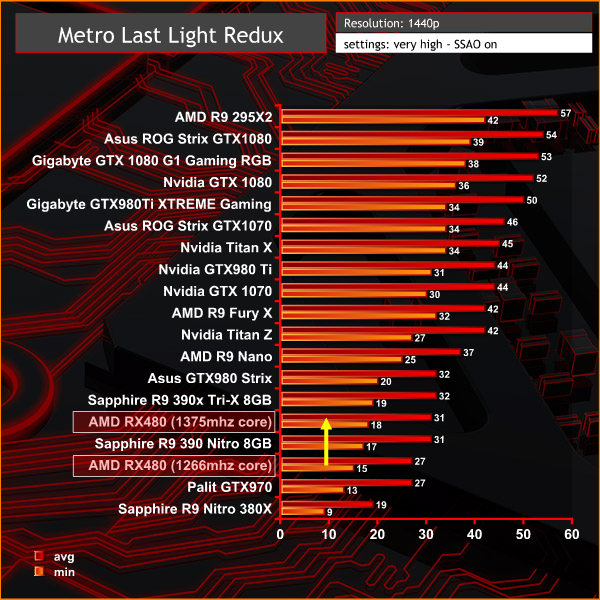
At 1440p the RX 480 is very closely matched against the Palit GTX970. When overclocked to 1,375mhz the performance is closely matched against the R9 390 Nitro 8GB.
Just like the original game Metro 2033, Metro: Last Light is played from the perspective of Artyom, the player-character. The story takes place in post-apocalyptic Moscow, mostly inside the metro system, but occasionally missions bring the player above ground. Metro: Last Light takes place one year after the events of Metro 2033, following the canonical ending in which Artyom chose to proceed with the missile strike against the Dark Ones (this happens regardless of your actions in the first game). Redux adds all the DLC and graphical improvements.
Quality-High, SSAA-off, Texture Filtering-16x, Motion Blur-Normal, Tessellation-Normal, Advanced Physx-off.
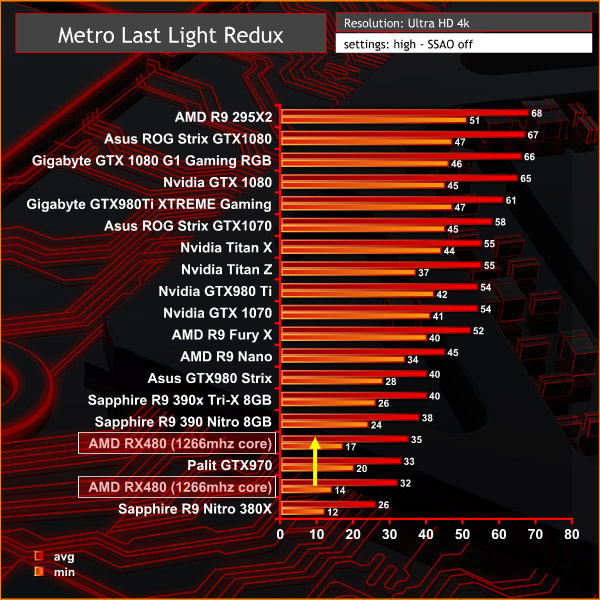
At Ultra HD 4k the RX 480 doesn't really deliver a good gaming experience, but the same can be said for the GTX970 and 380X. Overclocking helps drive 3 more frames per second from the hardware, but it is still not smooth enough to play.
Hitman (2016) is a third-person stealth video game in which players take control of Agent 47, a genetically enhanced, superhuman assassin, travelling to international locations and eliminating contracted targets. As in other games in the Hitman series, players are given a large amount of room for creativity in approaching their assassinations. The game is being released in stages, which hasn't proved too popular with a large audience.
We test with many of the settings maximised, SSAO is disabled however as I found it causes some crashing. I have to say that Hitman is a little unstable at times under the best of situations, but we managed to get it running well enough to benchmark. The built in benchmark is very flaky indeed however, so real world runs had to be used.
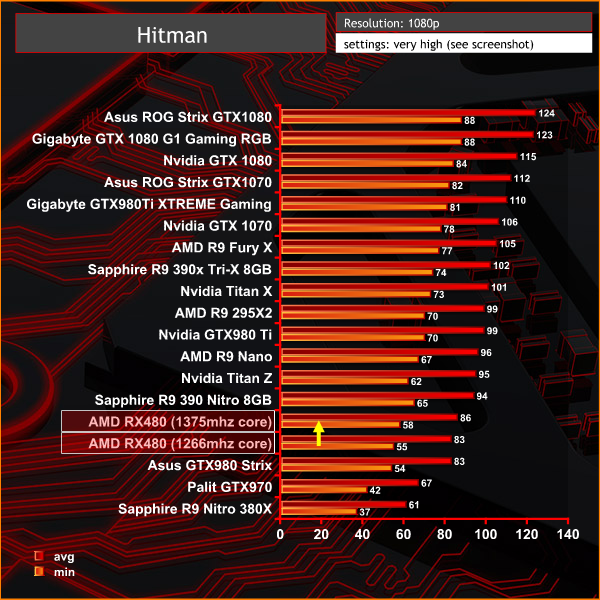
A great gaming experience at 1080p, averaging well over 80 frames per second. This is in GTX980 territory, and clearly ahead of the overclocked GTX970.
Hitman (2016) is a third-person stealth video game in which players take control of Agent 47, a genetically enhanced, superhuman assassin, travelling to international locations and eliminating contracted targets. As in other games in the Hitman series, players are given a large amount of room for creativity in approaching their assassinations. The game is being released in stages, which hasn't proved too popular with a large audience.
We test with many of the settings maximised, SSAO is disabled however as I found it causes some crashing. I have to say that Hitman is a little unstable at times under the best of situations, but we managed to get it running well enough to benchmark. The built in benchmark is very flaky indeed however, so real world runs had to be used.
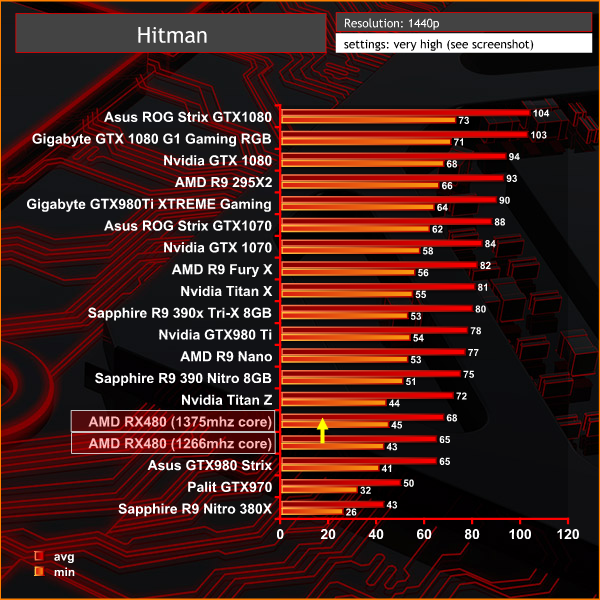
At 1440p the engine starts to prove more taxing for the lower priced cards although we can see the RX 480 is still keeping up with the Asus GTX980 Strix, which is an achievement in itself.
Hitman (2016) is a third-person stealth video game in which players take control of Agent 47, a genetically enhanced, superhuman assassin, travelling to international locations and eliminating contracted targets. As in other games in the Hitman series, players are given a large amount of room for creativity in approaching their assassinations. The game is being released in stages, which hasn't proved too popular with a large audience.
We test with many of the settings maximised, SSAO is disabled however as I found it causes some crashing. I have to say that Hitman is a little unstable at times under the best of situations, but we managed to get it running well enough to benchmark. The built in benchmark is very flaky indeed however, so real world runs had to be used.
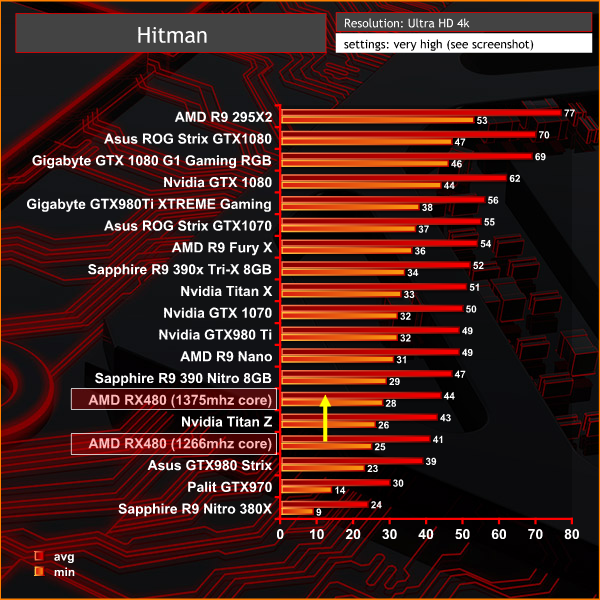
At Ultra HD 4k the RX 480 outperforms the Asus GTX980 Strix, averaging 41 frames per second. When we overclock the core to 1,375mhz the RX 480 pushes ahead of the Titan Z, averaging 44 frames per second. The Nvidia GTX970 is some distance behind.
We have built a system inside a Lian Li chassis with no case fans and have used a fanless cooler on our CPU. The motherboard is also passively cooled. This gives us a build with almost completely passive cooling and it means we can measure noise of just the graphics card inside the system when we run looped 3dMark tests.
We measure from a distance of around 1 meter from the closed chassis and 4 foot from the ground to mirror a real world situation. Ambient noise in the room measures close to the limits of our sound meter at 28dBa. Why do this? Well this means we can eliminate secondary noise pollution in the test room and concentrate on only the video card. It also brings us slightly closer to industry standards, such as DIN 45635.
KitGuru noise guide
10dBA – Normal Breathing/Rustling Leaves
20-25dBA – Whisper
30dBA – High Quality Computer fan
40dBA – A Bubbling Brook, or a Refrigerator
50dBA – Normal Conversation
60dBA – Laughter
70dBA – Vacuum Cleaner or Hairdryer
80dBA – City Traffic or a Garbage Disposal
90dBA – Motorcycle or Lawnmower
100dBA – MP3 player at maximum output
110dBA – Orchestra
120dBA – Front row rock concert/Jet Engine
130dBA – Threshold of Pain
140dBA – Military Jet takeoff/Gunshot (close range)
160dBA – Instant Perforation of eardrum
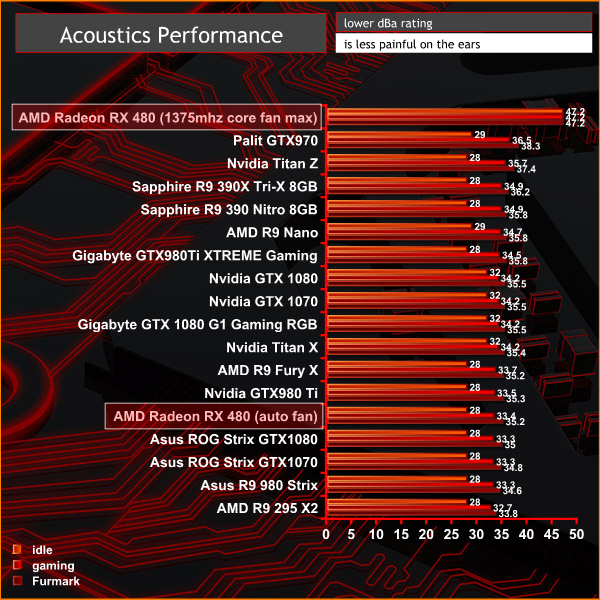
We test with the automatic fan profile at the default clock speeds and at 100% when we overclock the RX 480 reference board, to the limit. Fan speeds increase between these two settings from 2,200 rpm under load to a constant 5,100 rpm.
When the RX 480 is set at default clock speeds with the fan profile set to automatic, it is actually relatively quiet, although I could always hear the hum of the small single fan under load. There is a specific, somewhat annoying pitch evident with these blower style fans that AMD have been using for years. I have been mentioning it in my reviews for years, but it falls on deaf ears.
When we overclock the RX 480 to breaking point we pushed the fans to 5,100rpm, the maximum setting. This created noise levels of 47.2dBa which is in all honesty, very painful. I could even hear the fan spinning with headphones on.
We didn't notice any coil whine at all from the card, which is reassuring, although with the fan on 100% we really could hear very little.
The tests were performed in a controlled air conditioned room with temperatures maintained at a constant 21c – a comfortable environment for the majority of people reading this. Idle temperatures were measured after sitting at the desktop for 30 minutes. Load measurements were acquired by playing Rise Of The Tomb Raider for 90 minutes and measuring the peak temperature. We also have included Furmark results, recording maximum temperatures throughout a 10 minute stress test. All fan settings were left on automatic.
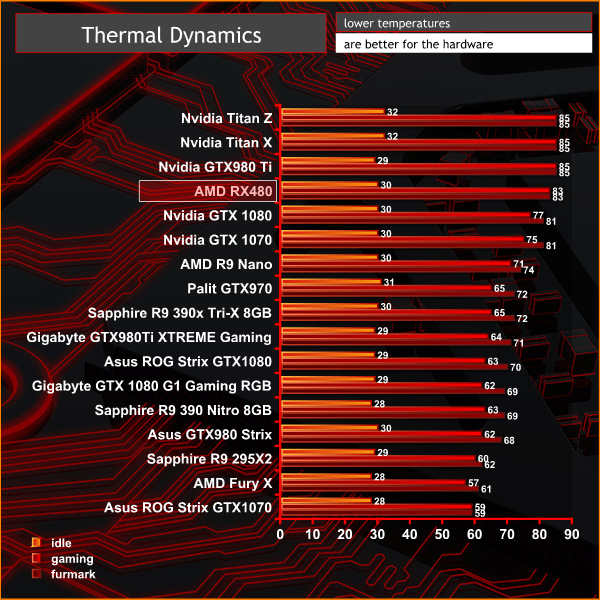
The RX 480 held steady at 83c in our stress tests, with the core speed throttling when running Furmark (varying between 900mhz and 1025mhz).
We install the graphics card into the system and measure temperatures on the back of the PCB with our Fluke Visual IR Thermometer/Infrared Thermal Camera. This is a real world running environment playing Rise Of The Tomb Raider for extended periods of time.
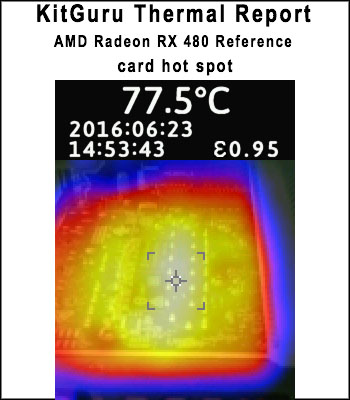
The back of the PCB holds close just below 80c under extended load, which is quite hot. There is no backplate on the RX 480 reference board so we are getting a direct reading from the PCB itself.
We measure power consumption from the whole system when idle and when gaming, excluding the monitor.
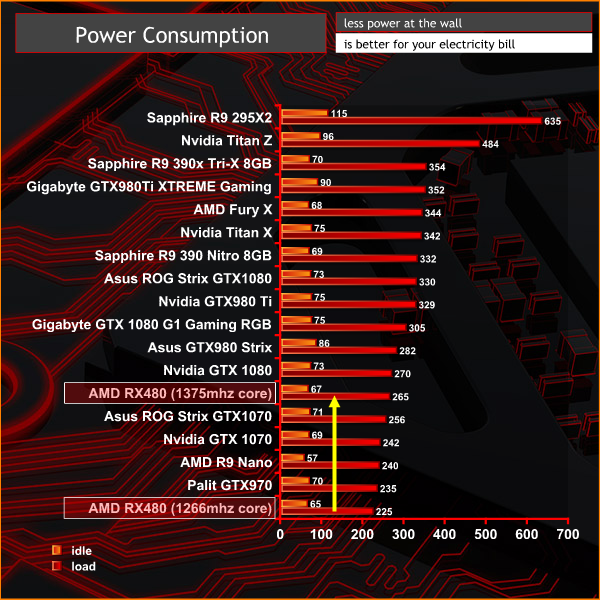
The RX 480 is very power efficient at reference clock speeds with the voltage running as per AMD's default settings. When we increased the core voltage to the maximum figure in WattMan and overclocked the core to 1,375mhz, the power consumption increased by 40 watts from a system reading of 225 watts to 265 watts. By comparison, the same system with a GTX1080 running at reference clock speeds was consuming only 5 watts more.
The AMD Radeon RX 480 8GB is certainly a very capable graphics card and as our readers have been discussing in the build up to launch today the much touted price point of $199.99 really did seem too good to be true.
While American prices seem very competitive the situation in the United Kingdom isn't quite so positive. We have been told by AMD directly that the reference RX 480 4GB will be priced around £180 and the 8GB version which we reviewed today will be around £215. We can always blame UK 20% VAT for the higher prices, but since the announcement of the UK wanting to opt out of the European Union, the pound sterling has devalued to a 31 year low.
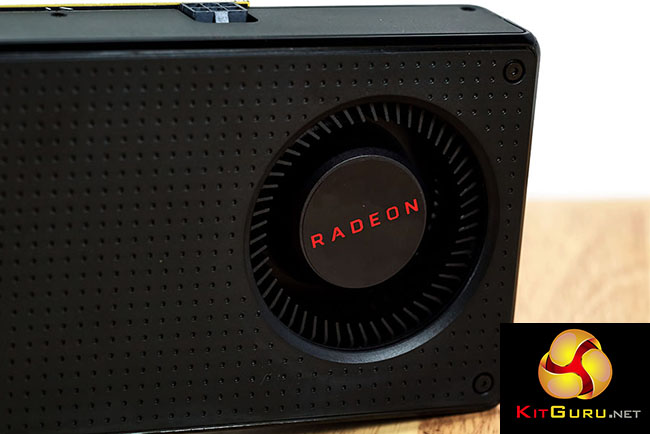
On a more positive note, it is refreshing to see that AMD have managed to deliver performance levels ahead of the R9 380x and GTX 970. When manually overclocked to 1,375mhz we found the RX 480 was slightly faster than the R9 390 and very closely matched against the Asus GTX980 Strix – in some engines a little behind, and in others, a little ahead. It really does all depend on the games you want to play.
Power efficiency of the RX 480 8GB is noteworthy – it topped our graph. When we increased core voltage to achieve the maximum overclock possible the power consumption increased by 40 watts. At this level the system load was only 5 watts lower than when fitted with a reference Nvidia GTX 1080.
All in all I have been immensely impressed with the RX 480 8GB, and even my previous niggle of AMD not adopting an HDMI 2.0 port has been addressed. At long last, 60hz refresh rates at Ultra HD 4k resolutions are now a possibility on an HDMI driven television set.
There is only one real concern with the reference RX 480, and it is unfortunately quite a big one. The reference cooler is quite frankly, rubbish. AMD have basically installed a diminutive heatsink on the core and are pushing cold air over it with a small blower style fan that can spin up to 5,100 rpm.
This means that if you want to reduce the temperatures below 80c under load then you are going to need to increase the fan speeds, effectively breaking away from the quiet default profile. Also if you want to overclock and leave the fan on automatic, the card will throttle heavily. WattMan is an attractive, fully loaded software package, but due to the weak cooling system I found you had to really crank the fan speeds and adjust the temperature threshold to the upper end of the scale (90c) to ensure throttling was kept to a minimum. I really do wish AMD would up their game with their reference cooling solutions on launch day.
At 1,375mhz, the RX 480 8GB delivered stellar performance, but I couldn't live with the 47dBa+ noise levels required when the voltage was cranked to get stability. My only reason for including these overclocked results was to give us an early indication of how AMD partners will likely sell their modified, tweaked cards in the coming weeks. I am looking forward to testing the Polaris architecture with a proper heatpipe style cooler and multiple high grade fans in place from companies such as Sapphire.
The RX 480 earns our Worth Buying Award, I would have scored it higher, but the reference cooling system is very poor, and I advise our readers to wait on custom cooled cards from AMD partners before parting with the cash. I am confident with 2 and 3 fan cooling systems and heatsinks connected to high grade heatpipes that cooling proficiency will reap higher overclocks, minimise throttling and reduce noise emissions under load.
Discuss on our Facebook page, over HERE.
Pros:
- excellent performance levels out of the box.
- decent price points.
- overclocking potential looks high.
- high power efficiency at stock settings.
Cons:
- mediocre cooling system on the reference card.
- throttling issues can occur unless fan levels and temperature targets are increased.
- small blower style fan can get loud.
- no backplate.
Kitguru says: The AMD RX480 8GB is a powerful and capable graphics card which appears to exhibit plenty of overclocking potential. While the reference card has performed well in our analysis, the cooling system is rather feeble and we look forward to testing higher grade partner cards in the coming weeks.
 KitGuru KitGuru.net – Tech News | Hardware News | Hardware Reviews | IOS | Mobile | Gaming | Graphics Cards
KitGuru KitGuru.net – Tech News | Hardware News | Hardware Reviews | IOS | Mobile | Gaming | Graphics Cards
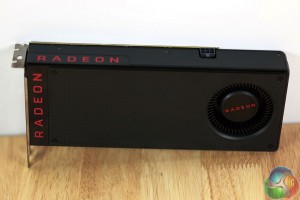
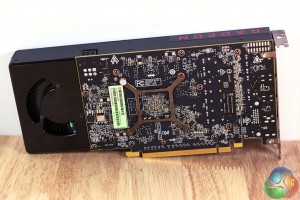
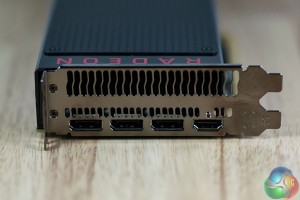
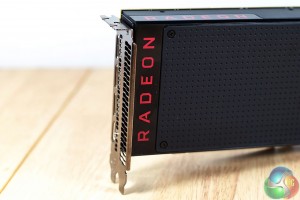
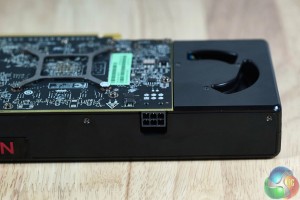
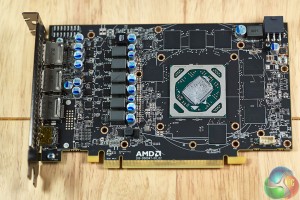
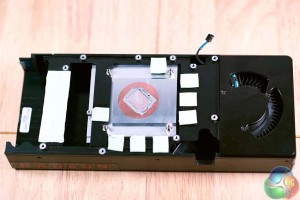
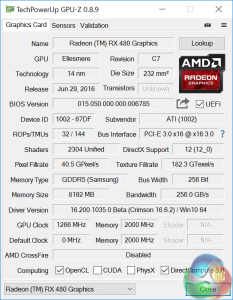
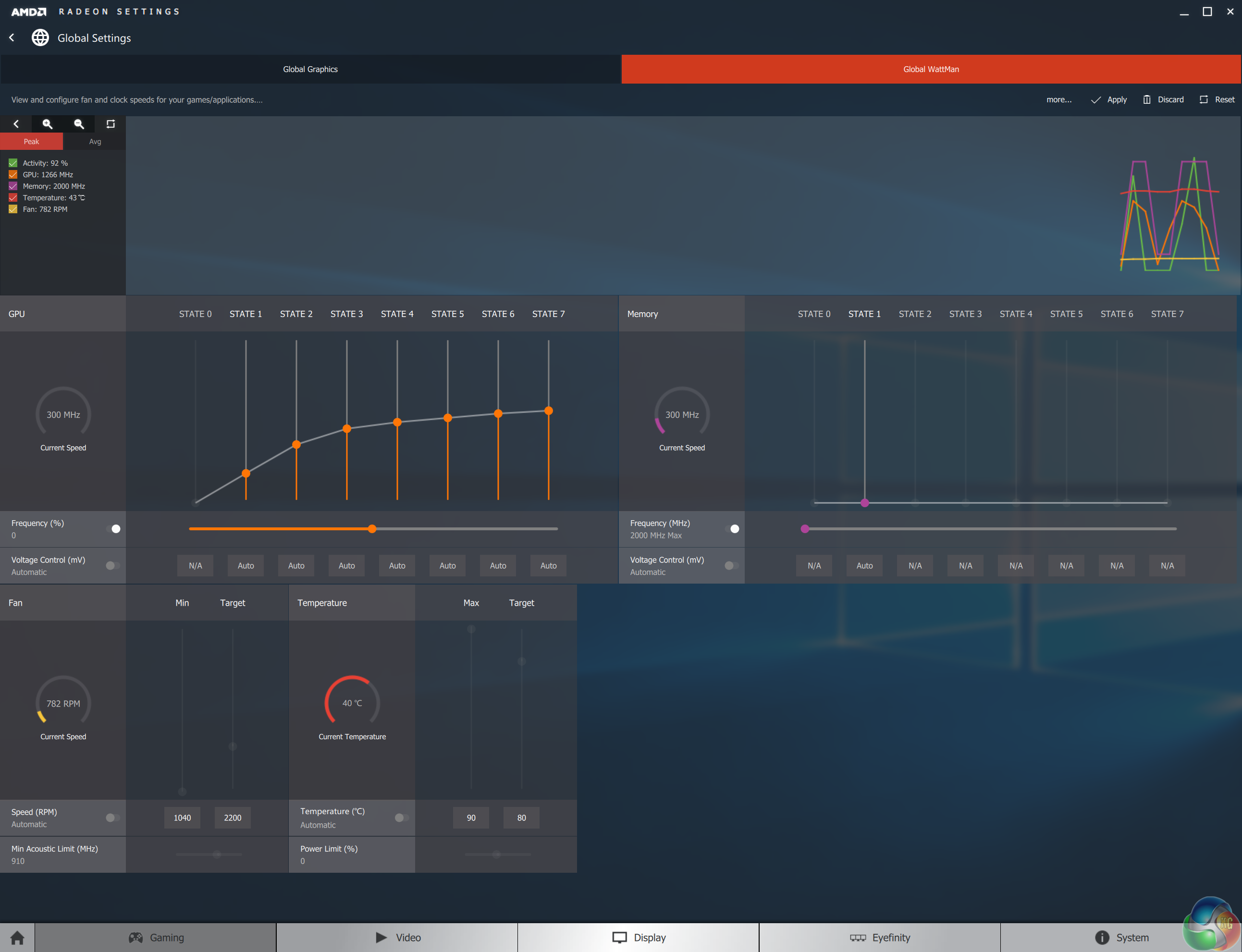
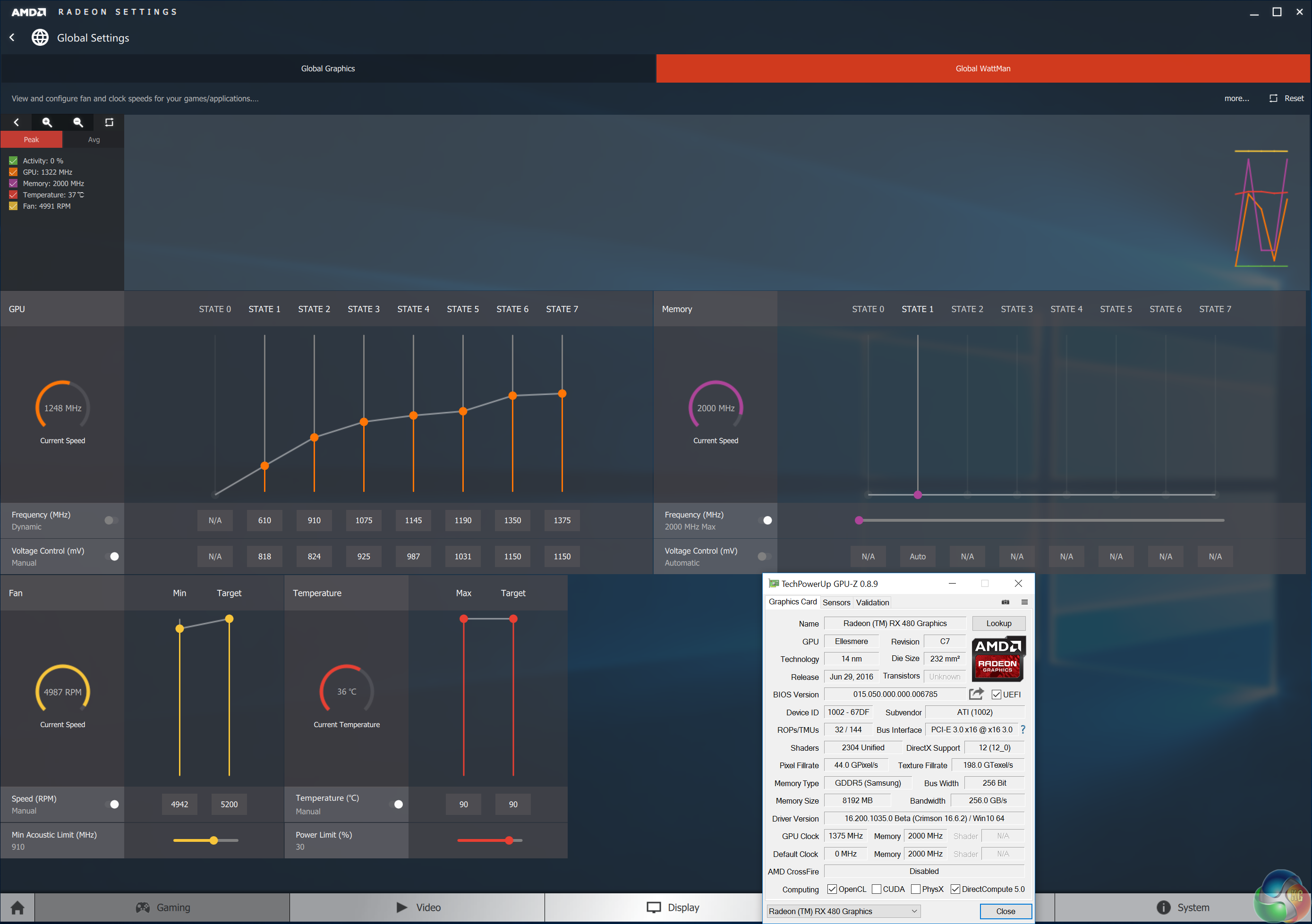
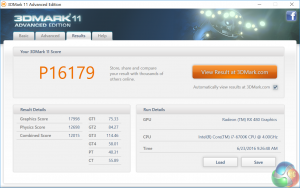
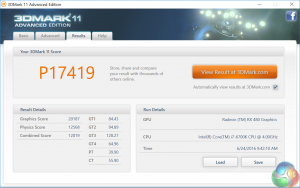
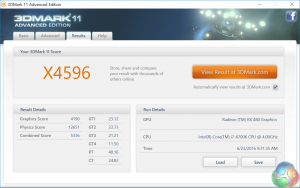
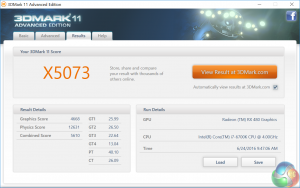
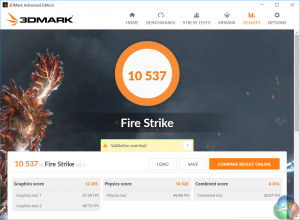
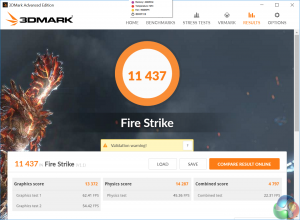
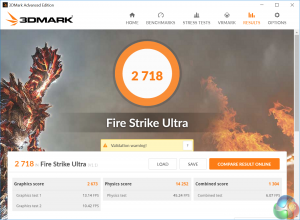
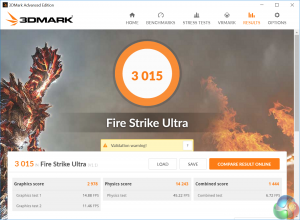
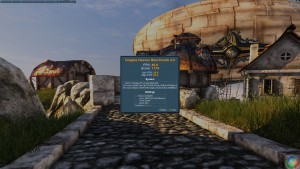
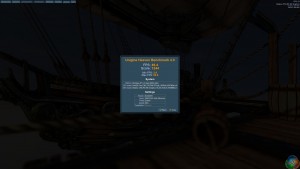
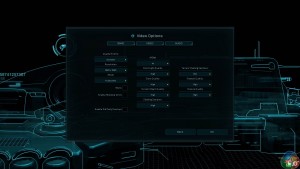
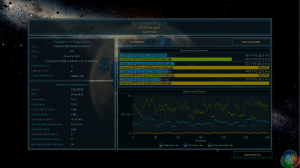
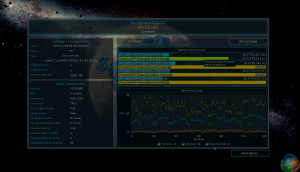
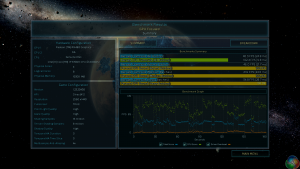
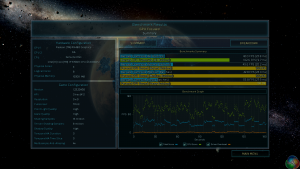
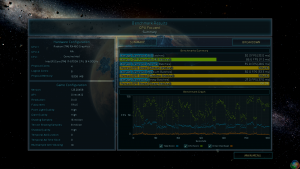
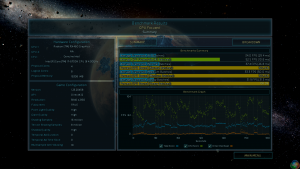
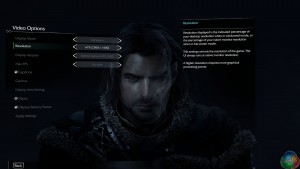
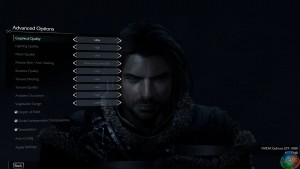

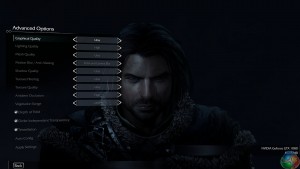
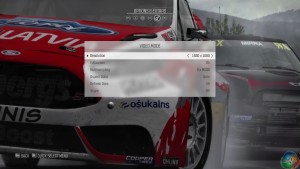
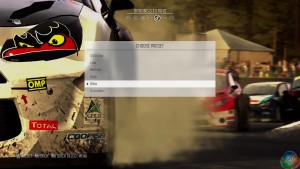
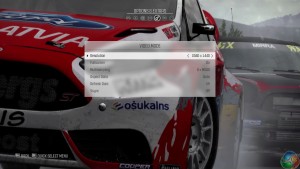
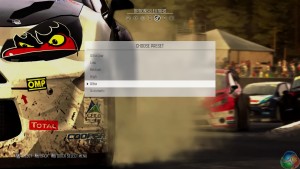
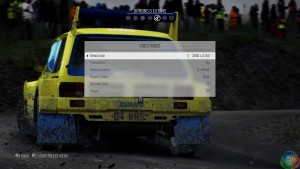

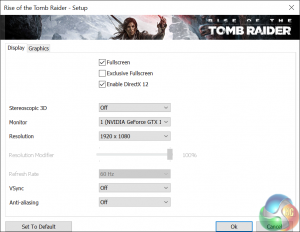
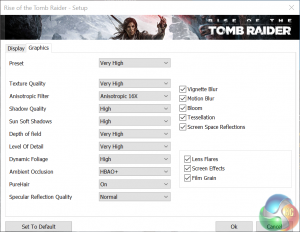
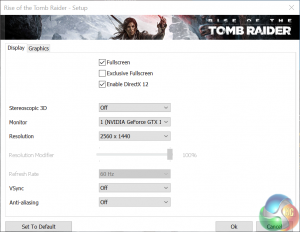
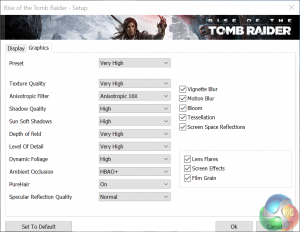
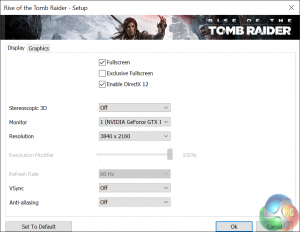
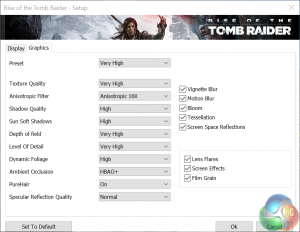




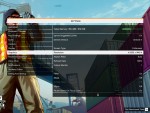



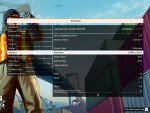



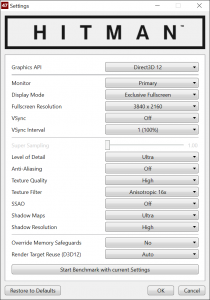


XFX have a backplate with their Cards
https://www.overclockers.co.uk/xfx-radeon-rx-480-black-edition-8192mb-gddr5-pci-express-graphics-card-gx-238-xf.html
Weird performance, wonder if it is immature drivers in some of these games. Sometimes it’s as fast as a factory OC GTX980, sometimes it’s slower than a 970. That’s quite a large swing.
Some games are more beneficial to AMD or Nvidia (without always being a conscious choice … AMD struggle with drawcalls multi-threading in DX11 so the more drawcalls the more AMD will be disadvantaged).
Kind of consistent with other review.
The VR test needs some work (the frame count is a better indicator than the overall fidelity ranking and the SteamVR perf test switch between setttings depending on performances).
I expected the 480 to be between 980 and TI, but found out it’s more between 970 and 980.
I know that AMD will push stuff like Ashes of the Singularity into these reviews because they simply have better performance on it than Nvidia. However it’s still strange to see it so far above the 970 on a couple of the games here then beaten on others.
It’s not really an upgrade on the 970 or the 390, clearly. I expected a little more if I am honest
Anyway for that money it’s best option for now. Let’s wait for the 1060. But i don’t thnik nvidia would sell it cheaper than 980 as it will probably match it’s performence. In my opinion 1060 will be still 50$+ more expensive.
it is ahead of 980 and 970 on DX12 games.
Yes and No.
Ashes of singularity is well know for being advantageous to AMD cards, but I think it is mainly because the bench make use of asynchronous computing (which nvidia failed to implement even on their latest cards … such a bad decision u__u).
The day when devs will make their games by forsaking non Async GPU is very far in the future (not everything can be dialed down to suit low end PC) so it will still be a long time before that feature make a significant impact.
In TombRaider the 980 is still ahead of the non-OC card (but considering the noise and temp of the overclocked version …).
Hitman starts showing the interest of the api (high CPU usage hence dx12 benefits), but then again, the reference card only equals the 980.
But the 480 is more future proof than the 9xx or even the 10xx
Indeed.
AMD has always offered a better perf/price ratio and the 480 is no stranger to that too.
Considering the latest price drop of the 9xx nvidia cards, and even suspecting another price drop in a short time, I can’t see nvidia selling a 1060 a less than the price of a 480.
I currently have a 750Gtx ti. I was looking at the 980 but with this release, I held off. Basically, should I get this or the 980.
I’d prefer to spend less, but If the performance is significantly less, then I’ll opt for the more expensive
Just wait for a factory oced 480. 2-3 weeks from it and you will have a singificantly better GPU than 980 in yours hands spending up to $300 ; )
Bit more than that. – UK ?
Agreed…
why would they come out with low end junk
84% of the desktop discrete GPU market buys graphics cards in the sub-$300 price level. 85% of the remaining 16% purchase graphics cards between $300 and $449. That leaves roughly 2.5-3% of PC gamers who buy graphics cards above $449. John Peddie already did the research and this report costs $5000 USD.
The RX 480 only has 32 ROPs and it’s trading blows with a 64 ROP 390 and 56 ROP 970. Not bad for a low-end AMD card. This card isn’t meant to be an upgrade for 970/390 users. You are confusing it with Vega. Many people on the Internet seem confused about this. R9 390 was a $329 card. Eventually AMD will have a $329-499 Vega card and those cards are the successors to 970/980/390/390X tiers.
They won’t sell it for less what 980 is worth. That’s for sure. And that is why it will be always more expensive than 480.
Guys are right. I got reference card cuz I want CF whithout OC. But if u wait few weeks you will get 980 killer for around 300E. Maybe less. Still -50E than the cheapest 980 in EU.
I think that in few week we can see 980 killer for around 300E. Its often 1:1 currency factor if it comes to graphic cards. But I dunno how it works in UK though.
Sometimes there is too much fanboyizm, on both side, to see simple things. RX 480 is a budget card placing itself between 970/980 which is not bad for a 250$ card. We all benefit from that. We will wait few months for upcoming vega 490/490x which will compete with 980ti/1070 and hopfully with 1080.
Im changing my Vapour-X 7970 Ghz 6G with card that have cost me berly 260E and I can expect in the near future a performance of a stock gtx 980. As you have said its not bad with card which has only 32 rops. 😀
It some games reference RX 480 has almost the same perormance as stock 980. But you’re right, its not an upgrade for people who have 970/390. I think it never meant to be. Even though it will eventually, with proper drivers, reach around of 980 performance.
This was aimed for all those pple who sill runs their rigs on gtx 5/6/7 series. I’ve seen many people mentioning that.
It looks cool. 😀
“But the 480 is more future proof than the 9xx or even the 10xx” And cheaper. I don’t even care if 480 surpass 980. It doesn’t really matter because it costs 100$ less. For what I know with proper drivers we can expect 480 to perform as good as stock 980.
It’s really good for a card with 32 ROP’s.
AMD pushing???! Guess you are a green fanboy.
I will more likely think reviewers may include Ashes because:
A) Is a DX 12 title, and there are only a few of them.
B) Can compare to AMD soft launch numbers and see if were truth or lies.
And btw for what I saw in all DX12 titles the RX480 beat the GTX980.
But also saw the 1070 being 50% or more faster, and sometimes coming close to double, which may put the price difference on discussion. In terms that if you can afford a little more than $300, then you should go with the 1070.
I’m not confusing it with Vega at all thanks, it’s difficult to see how your reply relates much to my post to be honest!
Yes, AMD pushing. But no, thanks for jumping wildly to conclusions.
Wow some people are very sensitive on here. Everyone knows Ashes has a publisher that has an agreement with AMD and that AMD themselves use that specific title when they talk about their cards, particularly the new RX 480. For obvious reasons. That controversy has been played out.
I would certainly hope that this card beats Nvidia cards that are over 18 months old on newer DX12 titles. It does on more of them, the AMD connected ones anyway. Not quite a full sweep however….
The point I suppose is that the 970 or 980 are not really competitors to this card and nobody will be buying them new. The GTX1060 will be the real rival, and that will be launched post haste it seems. Bring on the true comparison in the lineups then.
and that isn’t a bad thing either, it is a mainstream card, it just killed that segment entirely
I wouldn’t say “killed” because it is just above a 970 on average performances and just below a 970 on average prices. The 4Go /199$ version will probably more suited for that, if the 970 don’t drop its price again.
I currently get paid in the range of 6-8 thousand dollars /every month working online. Those who are looking to complete simple computer-based jobs for 2-5 hours daily at your house and earn valuable profit for doing it… This is a gig for you… SELF40.COM
ghgjhg
I know Ashes is more AMD friendly, and that has happened since I remember in the PC gaming industry. Some games work better on AMD, some on NVidia. And each company showcases titles that they dominate at their launches.
And at least in the AMD launch they did last month is understandable because of that.
But your comment make the assumption that reviewers include Ashes due to AMD demand, and that’s what I was trying to explain.
And that assumption has the same sense that the one about Marvel Studios buying all reviewers of the world.
You have to understand when cards are sent out by the likes of AMD or Nvidia to be reviewed, their PR departments DO often talk to said reviewers about what they might want to use as a benchmark!
They will exert any influence they can on sites to include a particular benchmark to favour their product. For as long as graphics cards have been about, it’s not a secret really.
Ashes of the Singularity is a fairly rubbish game with not that much notable about it besides being practically funded by AMD to be an asychronous compute benchmark. AMD PR have babbled on about this one bench for ages now, unsurprisingly.
This doesn’t bother me. Nvidia manage to pull all sorts of dirty tricks too, the list is long. We can’t stop it, so we just have to be cynical and aware about them.
Yeah i have a feeling if we give the Card maybe what…….4-5 months it can be the same or beat 980 just give the drivers time to mature its a new GCN architecture so im pretty sure the drivers still need tweeking
Apparently there is a rather alarming problem with the reference cards that has been picked up. It is capable of drawing much more than the maximum PCIe spec from the motherboard slot.
The power draw exceeds 150w even at stock (75w 6 pin, 75w board slot), but the excess is coming from the board and not the 6 pin. Some motherboards may not be able to deal with this, especially with multiple cards.
I wouldn’t rush out to buy reference versions of this board in other words. Partner boards may fix this with say an 8 pin connector, problem solved.
Meh disappointing performance for 2016 standards
The card has a serious flaw TDP of 164W from a 6 pin will seriously damage your motherboard
wrong , it is ahead on some titles cause those titles are amd exclusives , do your research first lmao.
Interesting card… It’s most interesting that the 480 seems to be full Polaris… That leaves a lot of room in terms of markets… If Vega is not due for 5 months, they will have no cards to compete with 10×0 until then…
I do think this is a perfect chip to become an X2… Using Nano-type power gating they can keep it under 300W easy with 250W possible…
We can almost predict Vega will be the FirePro cards and Opteron IGPs, but will it fill the gap between $300 and $600…? It could perhaps have GDDR variants that will slide in those price points… There was also a rumor that Vega was pushed forward to October so it’s interesting as I said…
But 480 will mean a higher TAM as near 980 perf for $200 will be irresistible for a lot of budget gamers…
It’s a great little card for the money you spend on it. I think performance would be more consistent if it had a few more ROP’s in it maybe 48 would be good & then they could also give it a 384 bit memory bus. This would make it a very solid card & actually be a 980 killer instead of just trading blows with it & the 970. The extra ROP’s would not have added to much to the card for price maybe 10-15 bucks for the end user even if they just left the memory bus at 256 bit. Point being it would be a more balanced card all around.
I am also sure they will figure out the power draw problem over the PCI-E bis as well and if they do not the board partners will just give it a 8 pin power plug and better cooling as well. I realize this card is supposed to be a mid tier card and it does very well for what it has under the hood but it could have been a lot better if they balanced it out like I stated above. Vega will not only have to deal with the 1080 & 1070 cards but also the 1080 Ti future release cards as well so here is hoping AMD has a really great chip about to be released.
Then again if AMD releases the Vega before Nvidia release the 1080 ti all Nvidia will do is just run the clocks up to the max the chip can handle so they can claim king of the Hill again like they will most likely do when they release the GTX 1060. I am not a fanboy of either camp I use which ever card makes sense to my pocket book because I have both Nvidia & AMD cards in my gaming & other game/home systems.
AIB’s have 8 pin and it would only damage shitty mobo’s.
Sapphire RX 480 OC here I come, it will beat the 1060 card, especially in newer games and I bet 50 dollar cheaper too. It also gives you the option of crossfire if you like down the road. which the 1060 will not give SLI.
You don’t understand what “exclusive” means. If it really was exclusive it litterally would not run at all on anything that isn’t amd…
This card is for guys like me, with next to no money and is upgrading from a 650TI boost…which is shit compared to RX480.
RX is for DX12 not for DX11, “think in future” amd allways the same.. xD but is worth
It would never damage your motherboard, even less so with the latest driver that keeps the PCIE specs within it’s 75W max.
But its incredible performance for 200-250 dollars…. Compared to the 200 dollar R9 280 i bought a few years back… Not that it matters anyway, im still going for the 1070 lol
yes sir the 1060 is 300 bucks for the founders, i didnt see a price for the non founders though? but if you cant get it for under 300 the 480 is a much better deal
The gtx1070/1080 crush it with sheer power, its the gtx 1060 that they need to worry about which will cost more be faster in DX11 games and have less RAM and will fall behind as time goes on.
Don’t kid yourself. The GTX1060 is going to cost more and be a bit faster. The games that the 480 out perform it rival are few in number but they will grow in number. If you want instant superior benchmarks in current the nvidia card is better. If you are keeping it for a few years the RX 480 is likely to be a better buy that gets better as more DX12 games get released.
But it was never made to compete with 1070/1080. This guy is right that RX is more future proof and i tell you why i think that way. Most of ppl don’t expect dx12 games comming soon. But in my opinion a lot of games supporting dx 12 will show up already in 2017. So having two non ref rx 480 is a better deal tahn bying one 1070. But it is onay what I will do. There are some games with non/bad scalling but only few and medicore. Appat of ROTTR ofc. Most of games will support CF. Now all depends on drivers and stabilisation of CF. But that’s only my opinion.